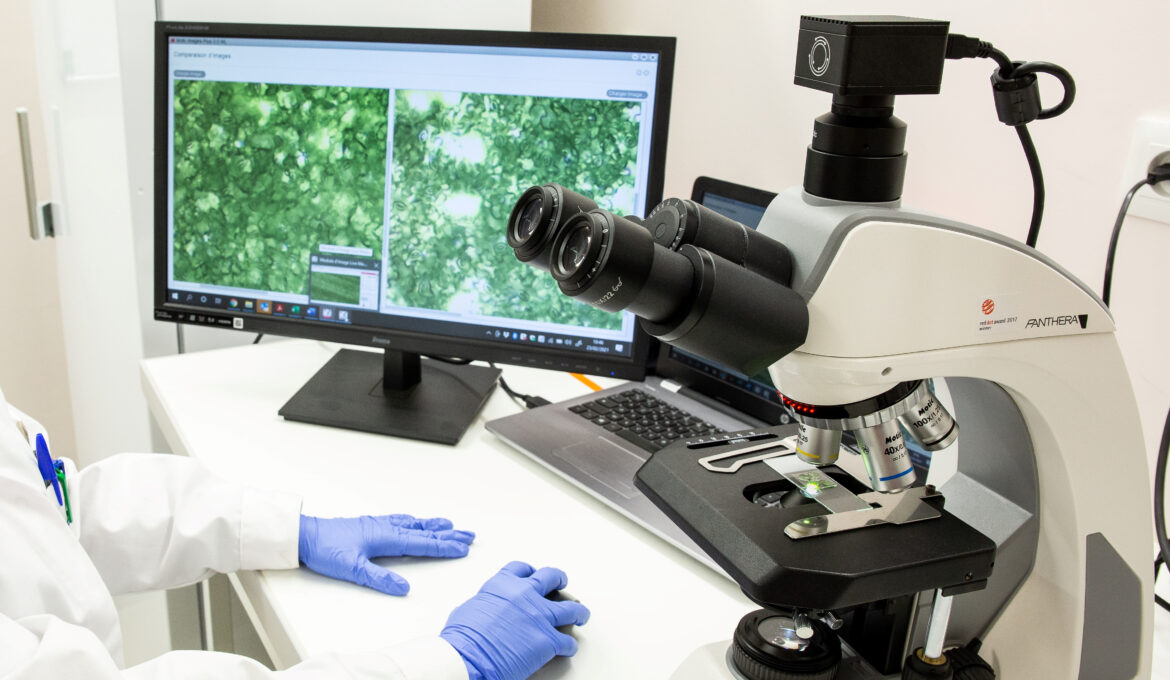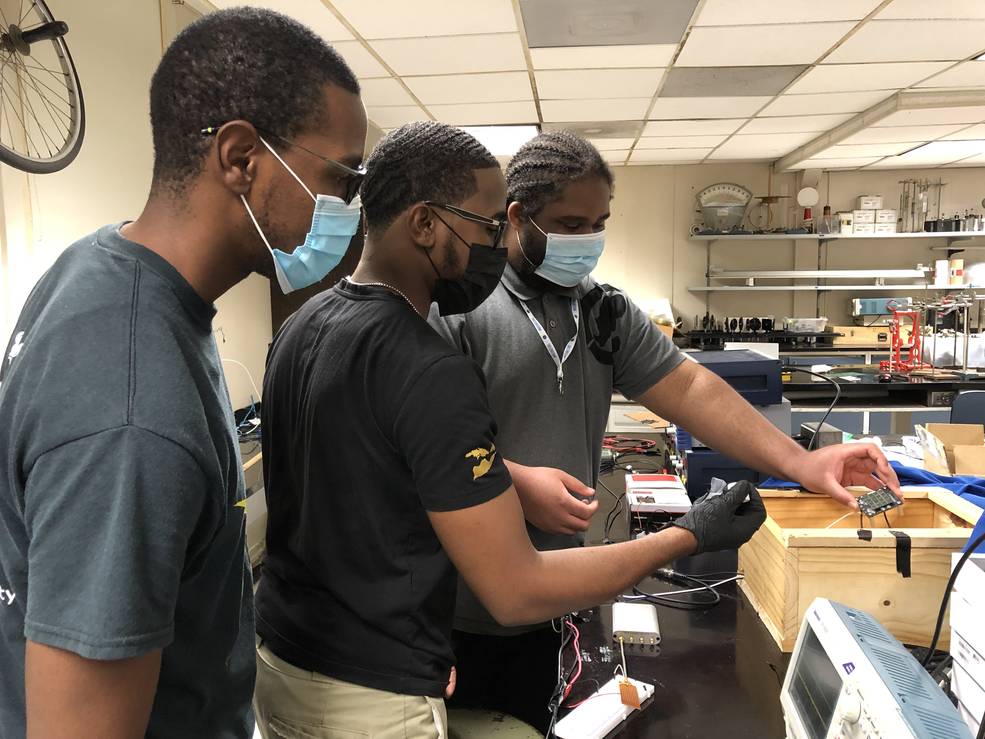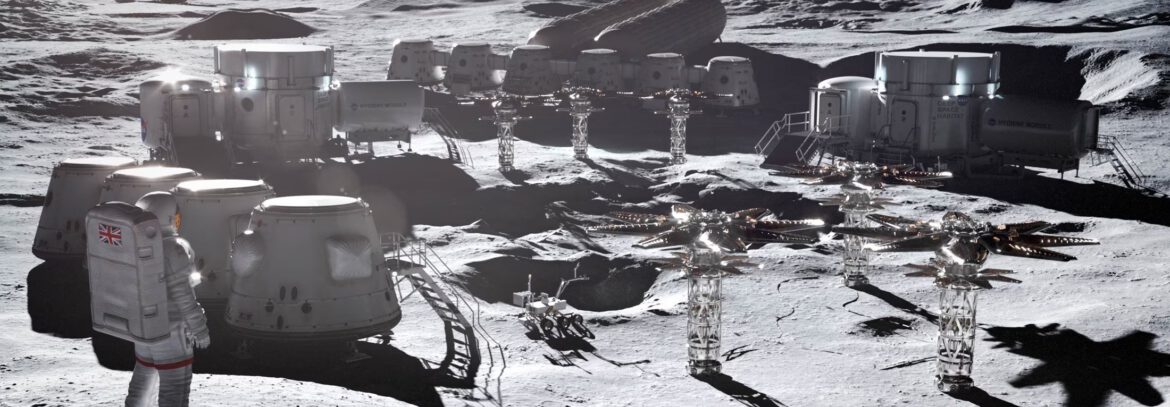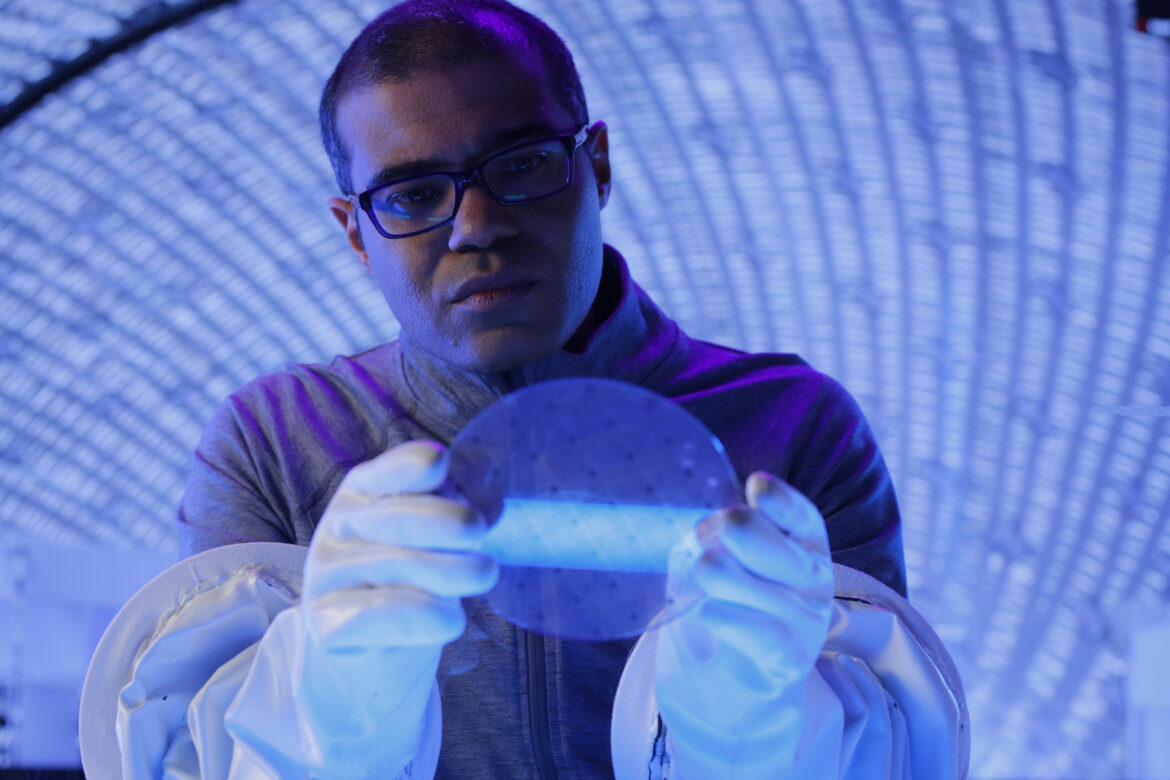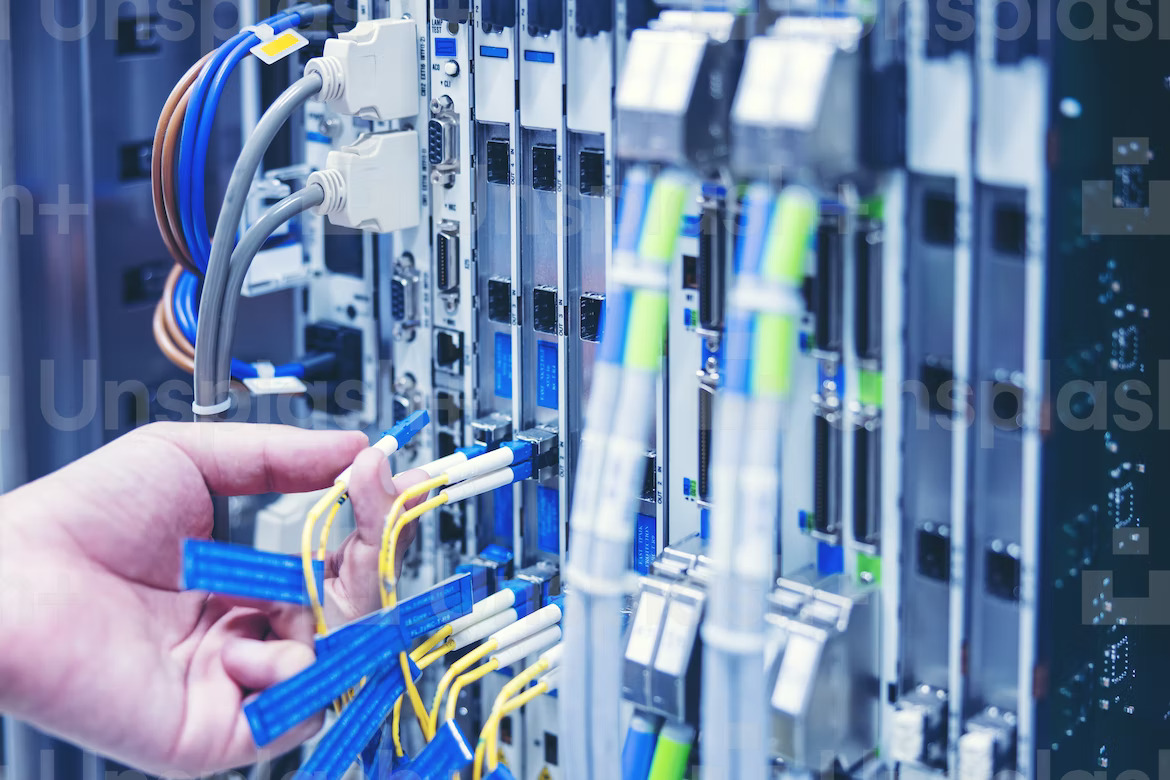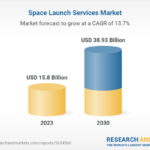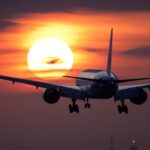Preventing the Effects of Climate Change
Category: Research | Studies | Reports
Saudi Space Commission: The two Saudi astronauts, Rayyanah Barnawi and Ali AlQarni begin their space mission
Saudi Space Commission (SSC): The two Saudi astronauts, Rayyanah Barnawi and Ali AlQarni begin their space mission with 14 scientific pioneering experiments making the Kingdom’s history in space.
Westinghouse Congratulates Plant Vogtle Team for Completing Hot Functional Testing at Unit 4
Westinghouse Congratulates Plant Vogtle Team for Completing Hot Functional Testing at Unit 4
NASA Awards Grants to Support Research, Technology Development
NASA has announced the recipients of its annual Established Program to Stimulate Competitive Research (EPSCoR) grants, providing a total of more than $10.8 million across 15 institutions over three years to support scientific and technical research. This research aligns with agency’ priorities, including understanding our changing environment and advancing long-term exploration on the Moon through Artemis
Mix-and-match kit could enable astronauts to build a menagerie of lunar exploration bots
The Walking Oligomeric Robotic Mobility System, or WORMS, is a reconfigurable, modular, multiagent robotics architecture for extreme lunar terrain mobility. The system could be used to assemble autonomous worm-like parts into larger biomimetic robots that could explore lava tubes, steep slopes, and the moon’s permanently shadowed regions
Westinghouse Celebrates First Criticality at Vogtle Unit 3
Westinghouse Electric Company today celebrates an important milestone for Southern Nuclear, Georgia Power, and other project partners as Plant Vogtle 3 achieved the initial criticality of self-sustaining nuclear fission.
Sierra Space and Notre Dame to Push the Boundaries of Scientific Discovery in Space
Sierra Space and Notre Dame to Push the Boundaries of Scientific Discovery in Space. Sierra Space and Notre Dame announce plans to develop new in-space R&D platforms – expanding the academic institution’s footprint in low-Earth orbit and beyond.
NASA Experts Go on Tour with The Color of Space Documentary
NASA TV producer of “The Color of Space” Jori Kates gives remarks prior to the screening of the documentary at Howard University’s Cramton Auditorium in Washington, Saturday, June 18, 2022. Premiering on Juneteenth, the federal holiday commemorating the end of slavery in the United States, “The Color of Space” is an inspirational documentary that tells the stories of NASA’s Black astronauts determined to reach the stars.
The Switch Made From a Single Molecule
Researchers have demonstrated a switch, analogous to a transistor, made from a single molecule called fullerene. By using a carefully tuned laser pulse, the researchers are able to use fullerene to switch the path of an incoming electron in a predictable way. This switching process can be three to six orders of magnitude faster than switches in microchips, depending on the laser pulses used. Fullerene switches in a network could produce a computer beyond what is possible with electronic transistors, and they could also lead to unprecedented levels of resolution in microscopic imaging devices.


